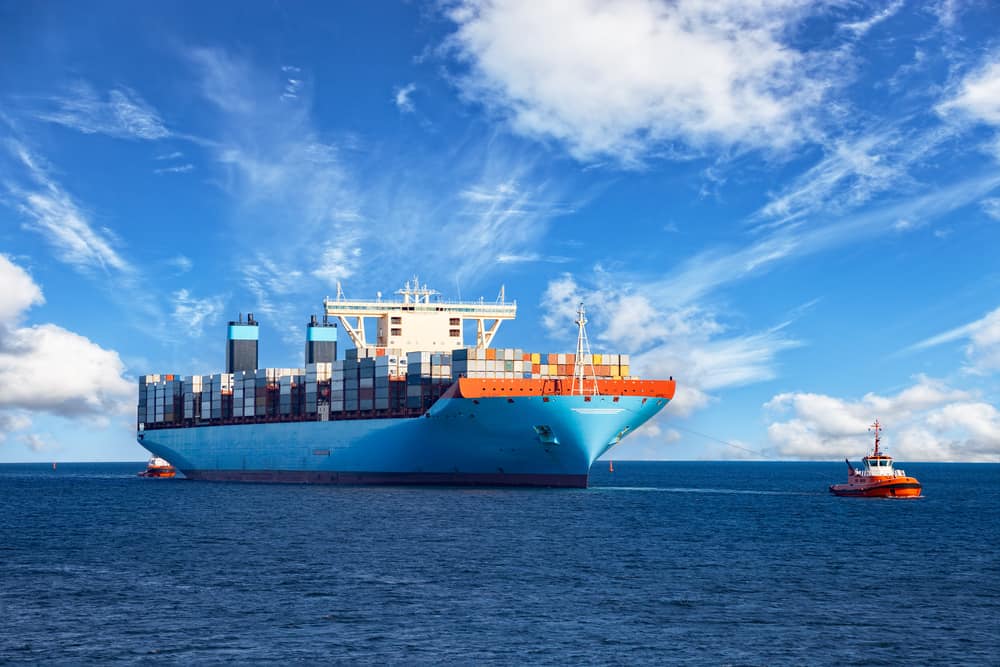Economies of scale are defined as having a cost advantage per-unit when the level of output is increased.
This cost advantage occurs because of the inverse relationship between per-unit fixed cost and the quantity produced. In other words, the greater the quantity of output produced, the lower the per-unit fixed cost. Economies of scale is focused on mass production since it helps to decrease fixed costs of an output. Basically, once a firm doubles its production, fixed costs such as labour cost, plant running cost property taxes etc. would be increased less than double which creates cost advantage per unit.
Container transportation benefits from economies of scale by increasing vessel capacity which creates advantage on the cost of transportation per TEU. Increased capacity per vessel reduced the cost per TEU, so shipping lines strove over the last few decades to enlarge their vessels.
Since the introduction of early container vessels in the 1950s there has been an impressive increase in vessel size and use to take advantage of economies of scale.
Early container vessels had a 500-800 TEU capacity while the largest vessel is OOCL HONG KONG with a carrying capacity of 21,413 TEUs at the moment. In addition to the cost advantage of economies of scale, transportation with larger vessels decreases carbon emissions per TEU in terms of its fuel consumption.
Vessels, cargo and ports are the three main elements of container transportation. Growth in vessel capacity and cargo volume comes with issues for ports in terms of infrastructure, quantities of land for container operations and cargo handling turns over time. Larger vessels require larger and more cranes to handle cargo, which creates bottlenecks on the port side. Most of the ports are not ready to receive ultra-large container vessel calls in terms of its cranes and depth of berthing area which might triggering diseconomies of scale to be assumed by port authorities and terminal operators.




